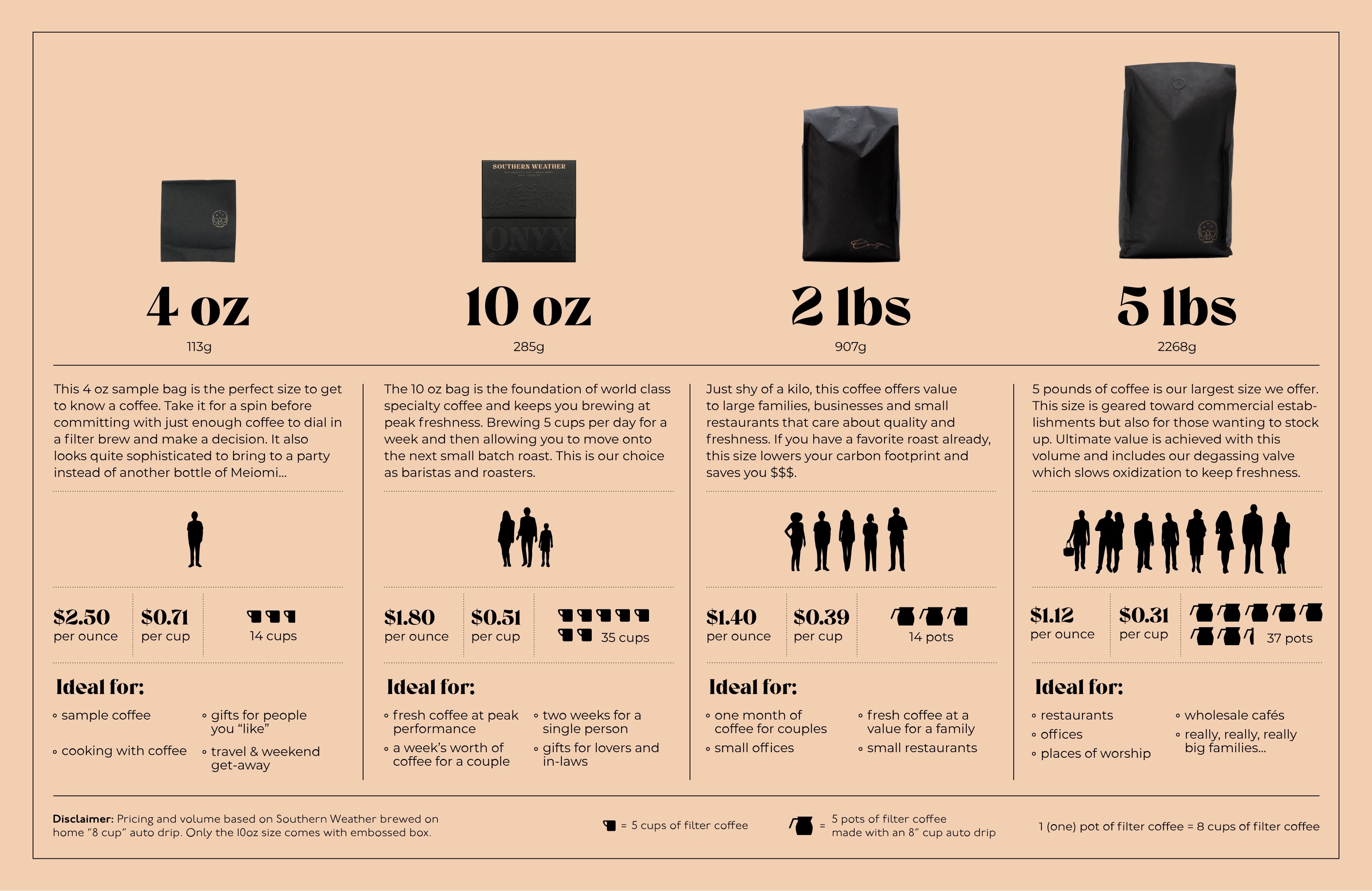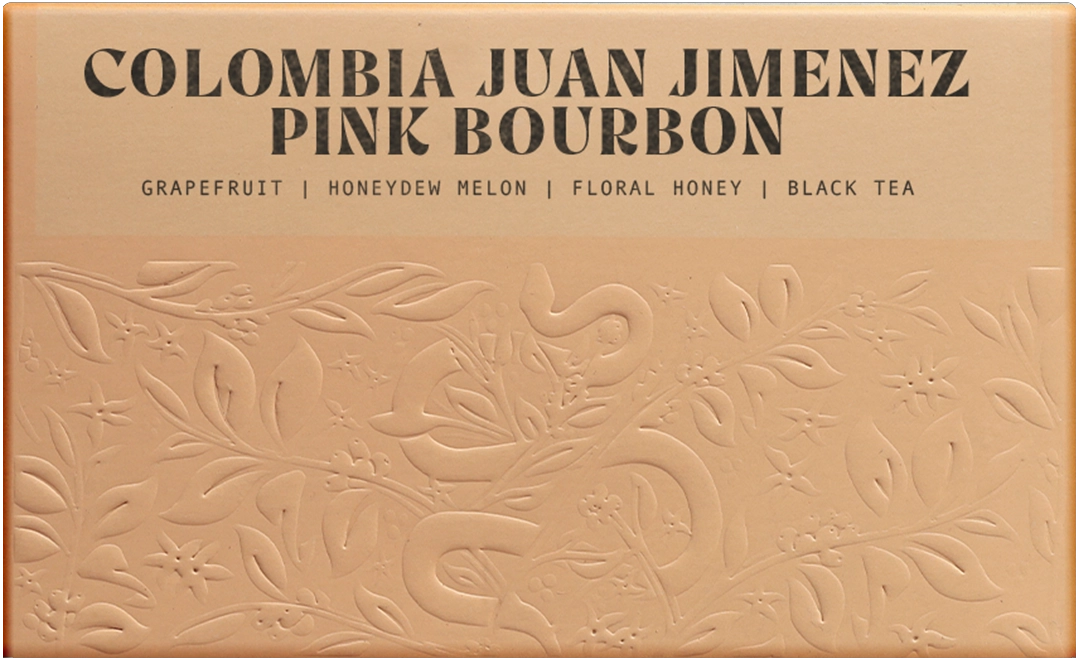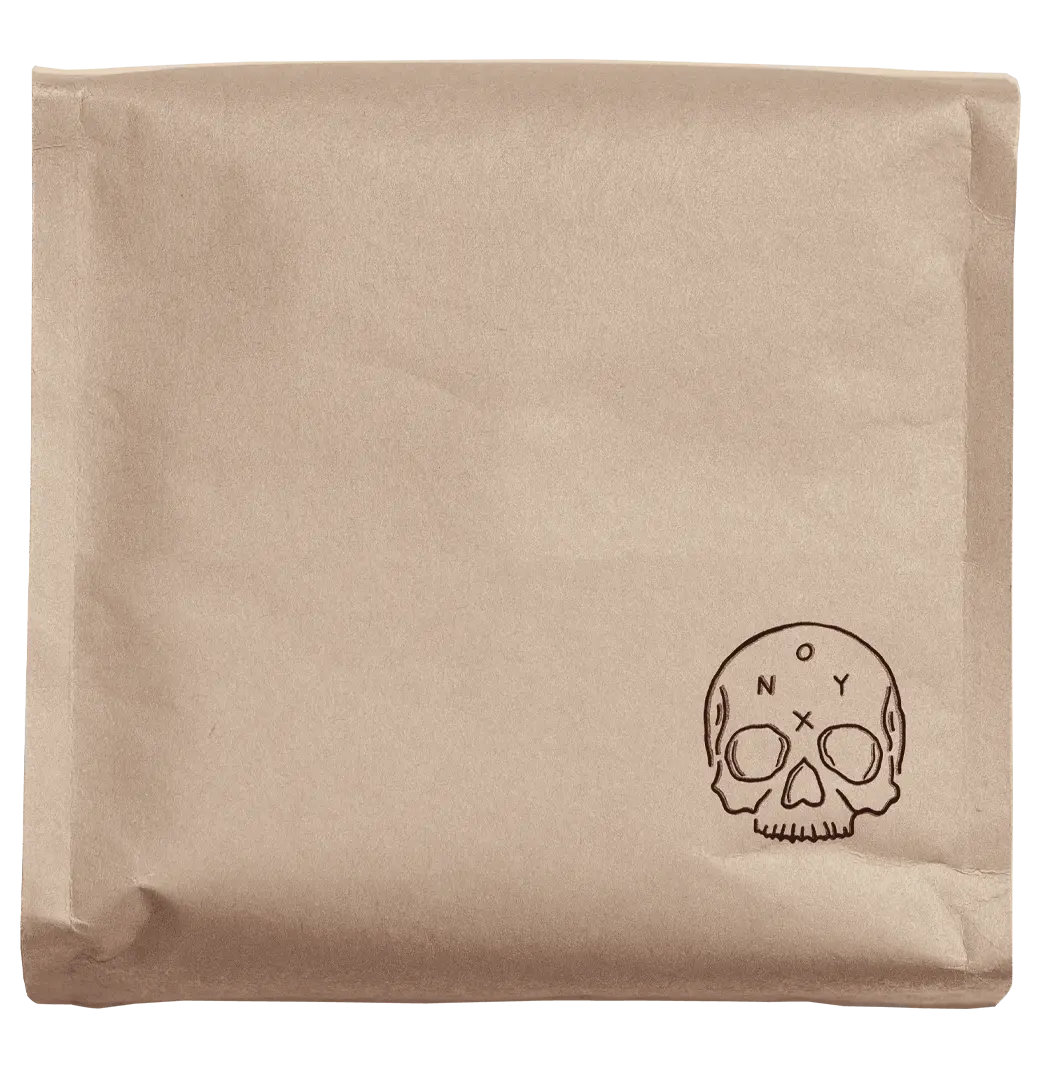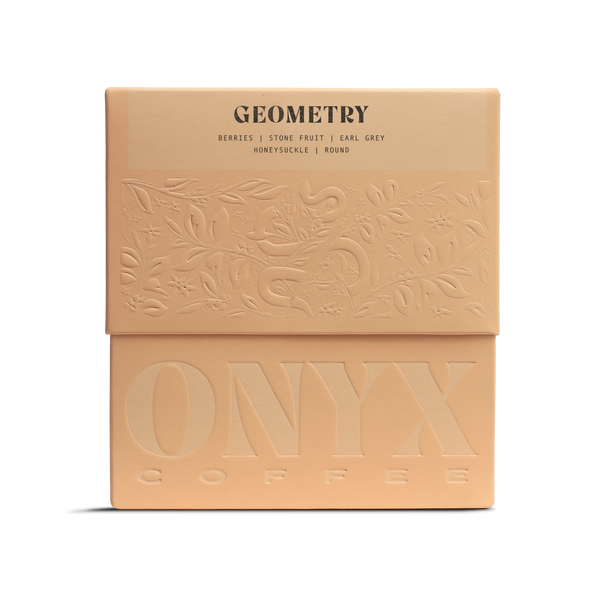Story
This unique coffee comes from southern Huila, from Juan Jimenez. Sr. Jimenez grows Caturra, Colombia, and Pink Bourbon on his 16 hectare farm. Each variety is meticulously picked and processed with quality in mind. Both Juan and his wife Leidy manage the farm, taking care to reinvest earnings into the farm each harvest in order to sustain high quality harvests for years to come. Kyle at Osito has been working with El Porvenir for two years, buying a large amount of all the varieties produced on their farm. This season marked our third year purchasing not only Juan’s pink bourbon, but his caturra as well.
PINK BOURBON
This is a very recently discovered variety found in Acevedo, Huila. Pink Bourbon, or Borbón Rosado, is touted as a hybridization of Red and Yellow Bourbon. On the cupping table, this variety can sometimes be mistaken for an Ethiopian coffee, with its floral notes and its delicate tea-like nature. Since it is a new discovery, little research has been done to confirm its background or origin story, but that has not stopped it from exploding in popularity both with roasters and producers. While it’s less rare that it once was, finding an extremely high quality Pink Bourbon offering is just as difficult, due to its specific growing and picking requirements. Much like Yellow Bourbon, Pink Bourbon is difficult to identify at peak ripeness. Red Bourbon is much easier, as cherries transition from bright red to deep purple within a matter of a week or more. Pink Bourbon can be much more nuanced than its red counterpart, making it difficult to determine the underripe from the mature. With careful picking and processing however, the nuanced nature of Pink Bourbon can be translated into a tremendously delicate and unique cup of coffee.
WASHED PROCESSED COFFEES
The washed process began less so with the intention of influencing flavor, and more so with the intent of creating an easy-to-dry ubiquitous product that will reduce risk. This process has maintained popularity for its influence on the final cup- coffees processed as ‘washed’ are typically more in line with what consumers expect coffee to taste like. Washed process coffees are celebrated for their high perceived clarity, as well as for a balance in fruit characteristics and acidity, but it is not always that simple. The process of removing the outer layer of fruit once a coffee cherry is, and has been, fairly simple. The post-harvest processing begins the moment the coffee cherries are picked. The cherries are usually inspected, with an initial quick round of hand-sorting, separating the defective coffees before placing them into the hopper of the machine. There are various methods used to remove the outer layer of mucilage from the cherries, the most common machines utilize friction to remove the thin layer of fruit skin from the cherry, followed by a formal fermentation phase meant to break down the sticky fruit layer. During this fermentation, a microbial de-mucilagation takes place, which allows the outer fruit and pectin layer to break down, making the coffee easier to dry. This fermentation process has a wild amount of variability depending on the facility, preferences of the producer, and cultural practice. Additions of water as lubrication through the machine are made most of the time, with an optional underwater fermentation. (Some forgo this, choosing to ferment dry.) Typical times for this post-depulp fermentation are 12-36 hours. This phase also crucially alters the organic acids within the coffee, as sugars and organic acids are transformed, with the best-washed coffees maintaining their complex fruit esters. Once the formal fermentation time is complete, the parchment-sheathed seeds are emptied into some type of washing channel, where they are agitated with rakes or paddles to remove the last of the fruit layer. During this step, the water is refreshed to ensure its capability of separating the fruit layer from the seed. Once the washing is complete, the coffee is taken to some type of drying facility to prepare it for exportation and storage.
While the terms we use to describe specialty coffee processing have stayed static, the methods used for post-harvest processing have adapted to not only now solve the problem of removing the outer sticky layer of fruit from the seed, but many producers now see this as an opportunity to influence the final taste profile of the cup. Seeing this final cup as malleable has led producers to use post-harvest processing to influence flavor through the control of variables. Outside of the well-known variable of the level of fruit left in contact with the seed over the drying, there are now a whole host of data points to monitor, even within the ubiquitous description of ‘washed processed.’ There are levels of fermentation, as we assume the level of fruit left on within this washed description is fixed. (at or near zero, after depulp, which we will discuss later.) The variables adjusted to add value while transforming the final cup are as follows: time, environment, and additives. Environment and time are closely tied, as certain fermentations will have a greater effect as the temperature increases in the given environments. Some producers have now taken on a less-than-passive approach when it comes to the environment, choosing to allow oxidation to take place, or by restricting the contact of oxygen to the seeds. (What we in the industry incorrectly call “anaerobic fermentation.) This variability in the environment is also sometimes coupled with an addition of yeast, fruit, spices, or even organic acids as inoculants or catalysts for reactions. As the world of post-harvest processing continues to shift and innovate, we strive to better understand and articulate the way the final cup has been shaped with better descriptors for the process.







